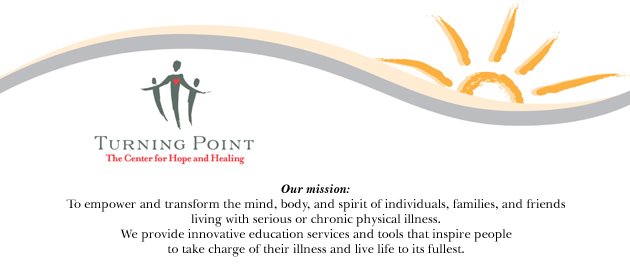Studies done with monks who are adept meditators, found that a particular form of meditation called compassion or loving kindness meditation trains happiness and can actually change the happiness set point.
Through tracking brain activity, researchers have found when the activity in the Left Prefrontal Cortex (LPC) is higher than in the Right Prefrontal Cortex (RPC) – people feel alert, energized, enthusiastic, joyous, enjoying life more, and are happier. When the activity in the RPC is higher than in the LPC – people worry, are anxious, and sad. If the activity in the RPC cortex is much greater than the LPC, people are prone to depression.
The more adept meditators used more of their brains when meditating (more areas lit up). This shows how meditation accesses more of the brain. Particularly – the left prefrontal cortex – activity in the LPC cortex swamped that in the RPC the LPC is associated with happiness, love and empathy. This is what keeps meditators coming back for more – it feels good!
This meditation is a 2,500 year old practice in which key phrases are repeated and the meditator focuses on feelings of happiness or loving kindness toward themselves and others.
It is best to practice daily for fifteen to twenty minutes for several months.
Sometimes this meditation can bring up feelings opposite to those one is trying to cultivate. If this happens, please be patient, acknowledge those feelings, feel them, let them pass, and continue with the loving kindness phrases. Over time, the part of your brain that deals with feelings of happiness, love and bliss will be developed.
While repeating the phrases, it is important to focus on the feeling of happiness. If it is difficult to hold onto that feeling, concentrate on a time when you felt happy and focus on that feeling (don’t focus on the activity involved or the people you were with). Or, imagine yourself as a child or as you are now, surrounded with loving kindness by those who love you, or God.
· Sit or lie down in a comfortable position.
· Take a couple of deep breaths and settle in – allowing your body to relax.
· Make sure you are breathing from your diaphragm, your abdomen should rise as you inhale, and fall back down as you exhale.
· Take deep breaths, letting the peace and the relaxation flow in and all of the tension, conflict and worries flow out.
· Remember your breathing helps you relax – you can relax just the right amount, by first paying attention to your breathing and extending the exhalation just a little bit more from where it was before.
· If thoughts, ideas or images come to mind, remember, it is part of the exercise, just acknowledge them, gently usher them through and go back to the exercise.
You will be repeating the following phrases for yourself and others:
May I be free from fear
May I be happy
May I be well
May I live life with ease (or in peace)
Begin by repeating these phrases for yourself, imagining the feelings of loving kindness and happiness permeating your body and mind. You may have to repeat these phrases for yourself for weeks until you feel the sense of loving kindness grow for yourself. Then begin adding others, such as your family or friends - repeating to yourself:
May they (my family) be free from fear
May they be happy
May they be well
May they live life with ease
